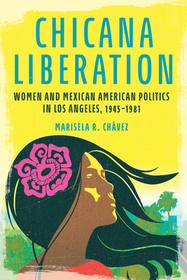
- Publisher's listprice GBP 42.99
-
20 538 Ft (19 560 Ft + 5% VAT)
The price is estimated because at the time of ordering we do not know what conversion rates will apply to HUF / product currency when the book arrives. In case HUF is weaker, the price increases slightly, in case HUF is stronger, the price goes lower slightly.
- Discount 10% (cc. 2 054 Ft off)
- Discounted price 18 484 Ft (17 604 Ft + 5% VAT)
Subcribe now and take benefit of a favourable price.
Subscribe
20 538 Ft

Availability
Not yet published.
Why don't you give exact delivery time?
Delivery time is estimated on our previous experiences. We give estimations only, because we order from outside Hungary, and the delivery time mainly depends on how quickly the publisher supplies the book. Faster or slower deliveries both happen, but we do our best to supply as quickly as possible.
Product details:
- Edition number 1
- Publisher Routledge
- Date of Publication 1 December 2025
- ISBN 9781041186526
- Binding Paperback
- No. of pages320 pages
- Size 234x156 mm
- Language English 700
Categories
Short description:
This book examines special effects as the embodiment of a “techno-romantic” paradigm that seeks to harness technology – the epitome of modern materialism – as a means for accessing a spiritual realm. Employed to visualize ideas and emotions in a medium-specific way, special effects thus paved the way for film art.
MoreLong description:
In recent decades, special effects have become a major new area of research in cinema studies. For the most part, they have been examined as spectacles or practical tools. In contrast, Special Effects and German Silent Film, foregrounds their function as an expressive device and their pivotal role in cinema’s emergence as a full-fledged art. Special effects not only shaped the look of iconic films like Nosferatu (1922) or Metropolis (1927), but they are central to a comprehensive understanding of German silent film culture writ large. This book examines special effects as the embodiment of a “techno-romantic” paradigm that seeks to harness technology – the epitome of modern materialism – as a means for accessing a spiritual realm. Employed to visualize ideas and emotions in a medium-specific way, special effects thus paved the way for film art.
MoreTable of Contents:
Acknowledgements, Introduction: Special effects and the techno-romantic paradigm, Chapter 1. Imagining technological art: Early German film theory, Chapter 2. Modern magicians: Guido Seeber and Eugen Schüfftan, Chapter 3. The uncanny mirror: Der Student von Prag (1913), Chapter 4. Visualizing the occult: Nosferatu (1922), Chapter 5. The technological sublime: Metropolis (1927), Chapter 6. German technique and Hollywood, Conclusion: Techno-romantic cinema from the silent to the digital era, Bibliography, Index
More





